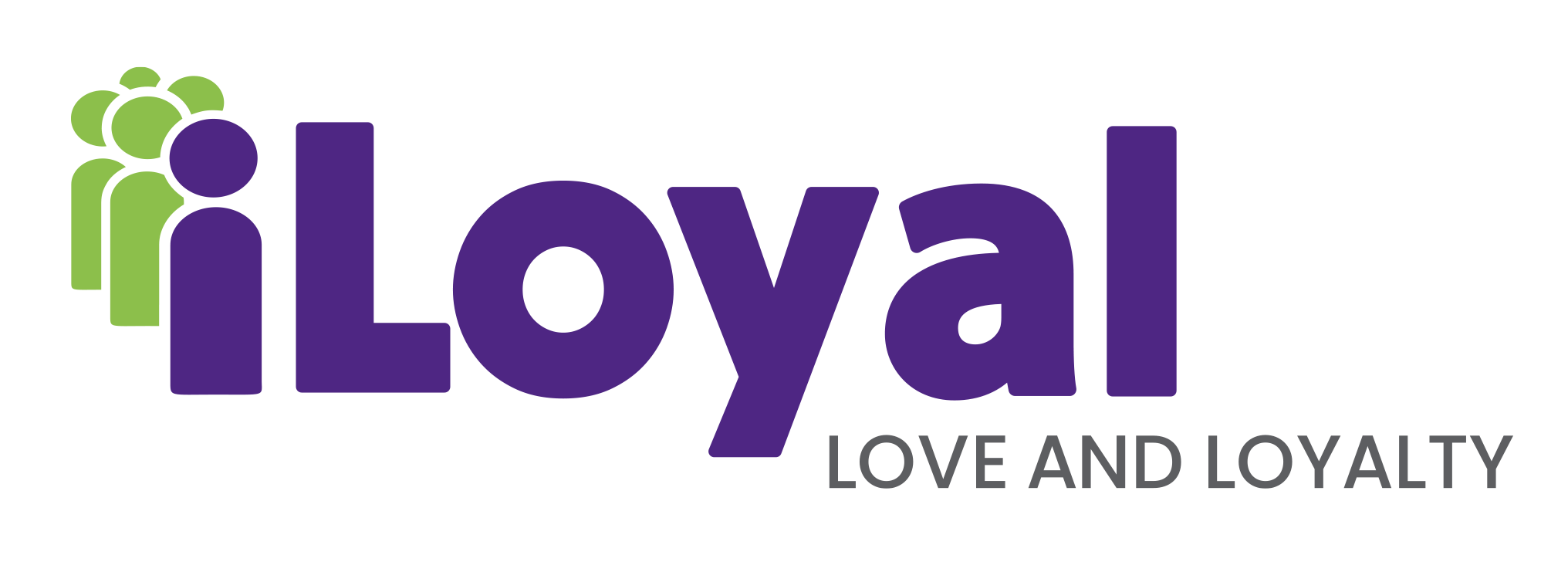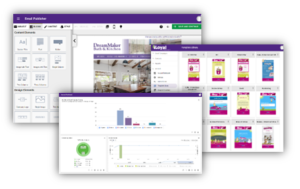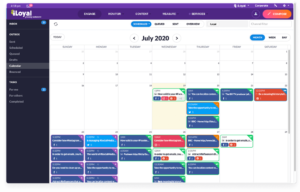LinkedIn
Facebook
Twitter
Reddit
Tumblr
Email
Print

6 Methods for Making UX Relevant to Executives

6 Methods for Making UX Relevant to Executives
If you’re in an organization that doesn’t fully understand User Experience (UX), that limits your ability to influence. It also makes your team vulnerable if there’s ever a need to cut costs. So you need to shift this perception. How do you do it?
Although there are exceptions, in most companies, UX people are viewed by senior managers as a necessity, but not mission-critical. They’re viewed as mildly eccentric artists and scientists who aren’t in touch with “real business decision-making.”
UX designers can be seen as creatives—they are just an extension of the creative scene. Or as uber geeks, people who are not familiar with the consumer perspective. Often they are more introverted and do not sell their work. There are some stylistic barriers, people not understanding what they are and what they contribute.
Think like a business decision-making partner.
This may sound like a huge task, but it’s relatively straightforward. Start by finding out what the drivers are for the business and what issues your executives care about. What are their big goals for the year? What are the barriers to success? Then look at how the research you’re working on relates to those things in practical decision-making terms. Are you directly affecting the initiatives they care about? If not, how could you help?
1. Connect the Dots in Your Findings
When reporting your findings, be sure to relate them back to key business decisions. Don’t just report data, report business implications. Your presentation and reports should include findings, insights, and implications:
- Findings are the most relevant pieces of customer information you’ve gathered. Just the facts, laid out cleanly.
- Insights are your interpretations of what those facts mean. In other words, here are the conclusions to draw.
- Implications are the actions the company should take. Here’s how the findings and insights relate to the company’s big initiatives and based on that, this is what the company should do.
That third part is a really uncomfortable thing for most people who do any sort of research. They tend to view their job as gathering data, and maybe talking judiciously about insights, but not getting into what the company should do about it because that’s not in their realm. Also, they often assume that the implications are intuitively obvious and therefore do not need to be mentioned.
Most people do not make those obvious intuitive connections. They’re very busy, and they haven’t spent as much time as you marinating in the data. If you want to be a valued business partner, you need to step up and help them connect those dots.
Get started with iLoyal Email Studio
Plans that flex to your needs and budget. Do it yourself or ask iLoyal for help with templates, graphics, list management, and more.
or call us at
2. Get in the Loop Early
Tying your work to the company’s strategic issues is the key to driving not only value, but the perception of value. Get into the loop early on new ideas and initiatives, and help drive their direction. That can mean partnering with whatever part of the organization is doing strategic planning. Maybe there’s a strategy group, or maybe it’s the product managers or the marketing team. Share information with them at the formative stage of their plans. It’s much easier to influence at this time, and you can make sure the company’s going in the right direction from the start, rather than struggling to correct it later.
3. Consider the Entire Marketplace
It’s also helpful to mix competitive information into your insights. Remember, your company doesn’t want to understand customers just for the sake of understanding customers. Your company wants to understand customers so it can predict how the marketplace is going to change and therefore how to win.
Competitors are an important piece of how the marketplace is evolving. So if you can bring that competitive perspective into your analysis, for example by running some tests on competitive products or customers, it’ll make the findings of your research a lot richer. If you can help your company see how customer and competitive trends are combining to evolve the market, you’re going to be very valuable in the company strategically.
4. Pair Quantitative and Qualitative Data
Human insight testing is great, but it’s even better when you combine it with quantitative data, especially analytics and surveys. If the quant data is not being produced within your team, go find the people who are doing it and find ways to pair up with them. Even if it’s taking the reports they’ve produced and then making sure that you show how your findings align (or don’t). You can do the same thing with third party quantitative reports as well.
The reason we suggest combining the two is because people see the value in information better when they get quantitative data together with the qualitative. It’s a right-brain / left-brain thing. They’re more persuaded when you can bring numbers and emotions together.
5. When it Comes to Delivering Information, Put Your Journalist Cap On
The writing style that they teach you in college is built around academic publications: introduction, methodology, lines of evidence, conclusion at the end. That’s great if you want to get a paper published in a journal, but it’s totally the wrong way to communicate inside a company. Almost no one cares about your methodology, and absolutely no one wants to wade through five pages of text before they learn the implications.
If you’re writing for a company, it’s best to use the style that they use in journalism, called the inverted pyramid. All the most important information is in the first paragraph, so you know that if they stop reading after that, they will have seen the most critical stuff. You then cover the next most important point next, and so on.
The reason for structuring the information this way is that people have very short attention spans, and you can’t control when they will tune out. You’ll be losing readers with every line. Therefore, you want them to get the maximum value with a minimum amount of reading.
The same applies when presenting your work to executives. Don’t start your slide deck with methodology; what your audience cares about most is the implications for the business. Follow that up with the insights, then you can have one slide on methodology, and then you go into all the supporting evidence. That way if for some reason they stopped paying attention after two slides, they heard the important conclusions—plus you have positioned yourself as someone who knows what’s important to the business.
6. Don’t just tell, show
It’s incredibly convenient when you’re presenting research to just show written quotes from the participants. Editing videos takes a ton of time, and you want to move fast. However, we human beings are wired to respond emotionally to other human beings, and videos speak directly to that instinctive response. So make it a priority to create great video clips. Share them around, use them shamelessly to get people to pay attention to the issues. You should really be a master of that if you’re not already. It’ll help drive decisions. And it’ll also help communicate the value that you provide.
Share or save this article.
LinkedIn
Facebook
Twitter
Reddit
Tumblr
Email
Print
It’s not about proving ROI, it’s about proving the strategic value.
When it comes time to talk about budget, most executives love to see hard numbers on return on investment. That makes a budget decision brain-dead simple for them. There are cases where you can prove ROI of a UX change, like when you’ve done a research project that drove a shopping cart change that created $10 million in new revenue. Those are wonderful when they happen, but they are rare and always will be.
Usually, the easiest ROI you can measure is saving cost on research (for example, substituting remote interviews for in-person). That’s fine too, but it dramatically understates your value. And it won’t help you defend your team when the company is cutting costs.
In most companies, the biggest benefit of a UX team is that you’re providing an ongoing flow of insights that make the company smarter and better in a thousand tiny ways. Putting a numerical value on having a smarter company is almost impossible, because you can’t go back and rerun time, and demonstrate what would have been different if you hadn’t been injecting that intelligence into the company.
So document the financials when you can, but don’t get trapped into focusing only on ROI. Leverage the methods above to make your work relevant and integral to the company’s strategy. Make your execs feel like they can’t live without you.
Popular Posts
- July Holidays & Occasions to Integrate into Your Marketing
 by iLoyal
by iLoyal - June Holidays & Occasions to Integrate into Your Marketing
 by iLoyal
by iLoyal - May Holidays & Occasions to Integrate into Your Marketing
 by iLoyal
by iLoyal - March Holidays & Occasions to Integrate into Your Marketing
 by iLoyal
by iLoyal - February Holidays & Occasions to Integrate into Your Marketing
 by iLoyal
by iLoyal
Get the email marketing app with in-house access to design and data support.
Streamline the way you manage social media. No upgrades required to get all the features.
Build your business around Customer & Employee Experience
Easy ways to get started with iLoyal
- Start a Free App Trial
- Book a Discovery Call
- Use the Plan Builder

Just want the apps?
Sign up for a free trial by clicking the link for your choice of apps below. Upgrade to a paid plan when you are ready to start sending.
Email Studio: Free until contacts are added
Social Genius: Unlimited 14-day Trial
iLoyal SMS: Free until number is provisioned

Let's Chat!
Tell us what you want to accomplish with your marketing and we’ll connect you with the apps and team that fit you like a glove – even if it’s not iLoyal! Stop spending time searching and let experts guide you toward a marketing tech solution and great service experience.
Call during business hours @ 888-352-9889

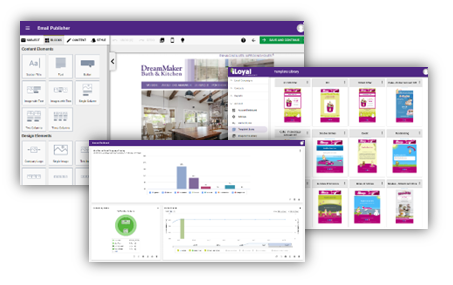
Customize Your Service Plan
Choose marketing app licenses and service levels to customize a plan from nearly everything iLoyal offers – from email design support and content development to social posting and website design.
Questions? Contact us for a free consultation with our team of experts.
Call iLoyal at 888-352-9889 for a custom quote.
iLoyal Email Studio
Grow sales and create loyalty with an email marketing app packed with features and with access to experts in design and data.
We create love and loyalty.
Attract customers. Understand the market. Ace the customer experience. Drive sales.
We deliver the powerful technology you need to build customer relationships and stay top of mind with your audience. From branding and website design, from content ideation to campaign deployment, our caring experts are here to support you every step of the way.
Engage to Succeed
Get marketing ideas, keep up with best practices, be the first to know about tech updates, and more.
© iLoyal, Inc. 1999-2023. All rights reserved. | Privacy Center | Terms & Conditions

